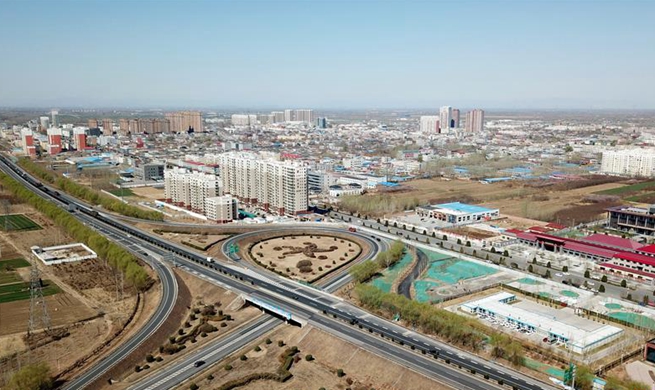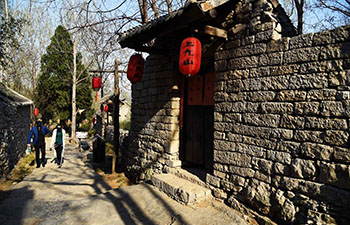by Eric J. Lyman
ROME, April 2 (Xinhua) -- The economic gap between Italy's wealthy, industrialized northern regions and the agrarian, poorer south dates back generations.
Latest statistics show the gap is still expanding, while the government floats a plan that could widen it even further.
Italy's Ministry of Economy and Finance this week released new figures, showing the difference in wealth between northern and southern regions is reaching record proportions.
According to the statistics, the richest communities in Italy are clustered around the northern metropolis of Milan and other nearby regions.
The richest community is Basiglio, near Milan, where the average resident earns 47,808 euros (53,555 U.S. dollars) per year in declared taxable income. Several of the poorest communities in the south had average incomes of well below a quarter the rate in Basiglio.
All told, the three richest regions are Lombardy which includes Milan, Emilia Romagna which includes Bologna, and Lazio which includes Rome. The bottom three -- Basilicata, Molise, and Calabria -- are all deep in the country's south.
The ministry's figures showed the gap is growing compared to five or ten years ago. Economic growth rates in the northern regions are more than twice the rates in the south, the data showed.
"It ends up being a problem that feeds itself," Andrea Ciarini, an economic sociologist with the Department of Social and Economic Sciences at Rome's La Sapienza University, told Xinhua.
"It's not only a question of the northern regions having more money. They also have more political power and more opportunities, and so the gap grows."
Ciarini said there is no other country in Europe where the gap between the richest half of the country and the poorest half of the country is as large as in Italy.
The historical origins of the gap between north and south involve many factors, including the types of governments that thrived in each area, conquests, natural resources, and organized crime.
But once a gap is established, according to economist Vittorio Pelligra, it gives the wealthier areas built-in advantages, such as better schools, more investment, better infrastructure, and better health care.
"The northern parts of Italy are on par with the wealthy countries of northern Europe," Pelligra, who teaches at the University of Cagliari and who is the coordinator for the BERG research group and part of the North-South Economic Research Center, told Xinhua. "The south is more in line with the former communist countries of Eastern Europe or with North Africa."
One government proposal that could have an impact on the problem is an idea to give greater autonomy to the wealthiest northern regions. The plan, which is still in planning stages, would let those regions keep more of the taxes they collect internally and make decisions on how the money is spent on a regional level.
Both Ciarini and Pelligra said if it became law, such a plan would magnify the gap by reducing potential developmental resources from the south.
"There's a kind of social contract that is being ignored," Pelligra said. "A country can't move forward when there are first-class citizens in one part of the country and second-class citizens in another part."












